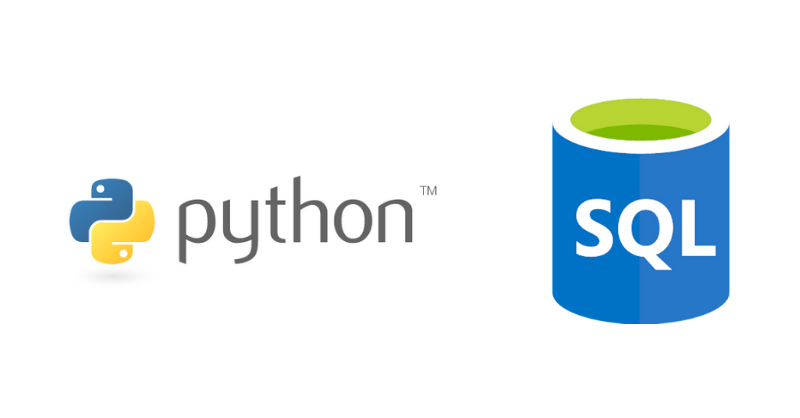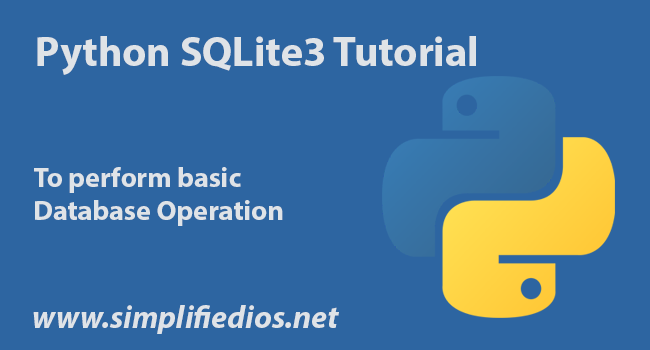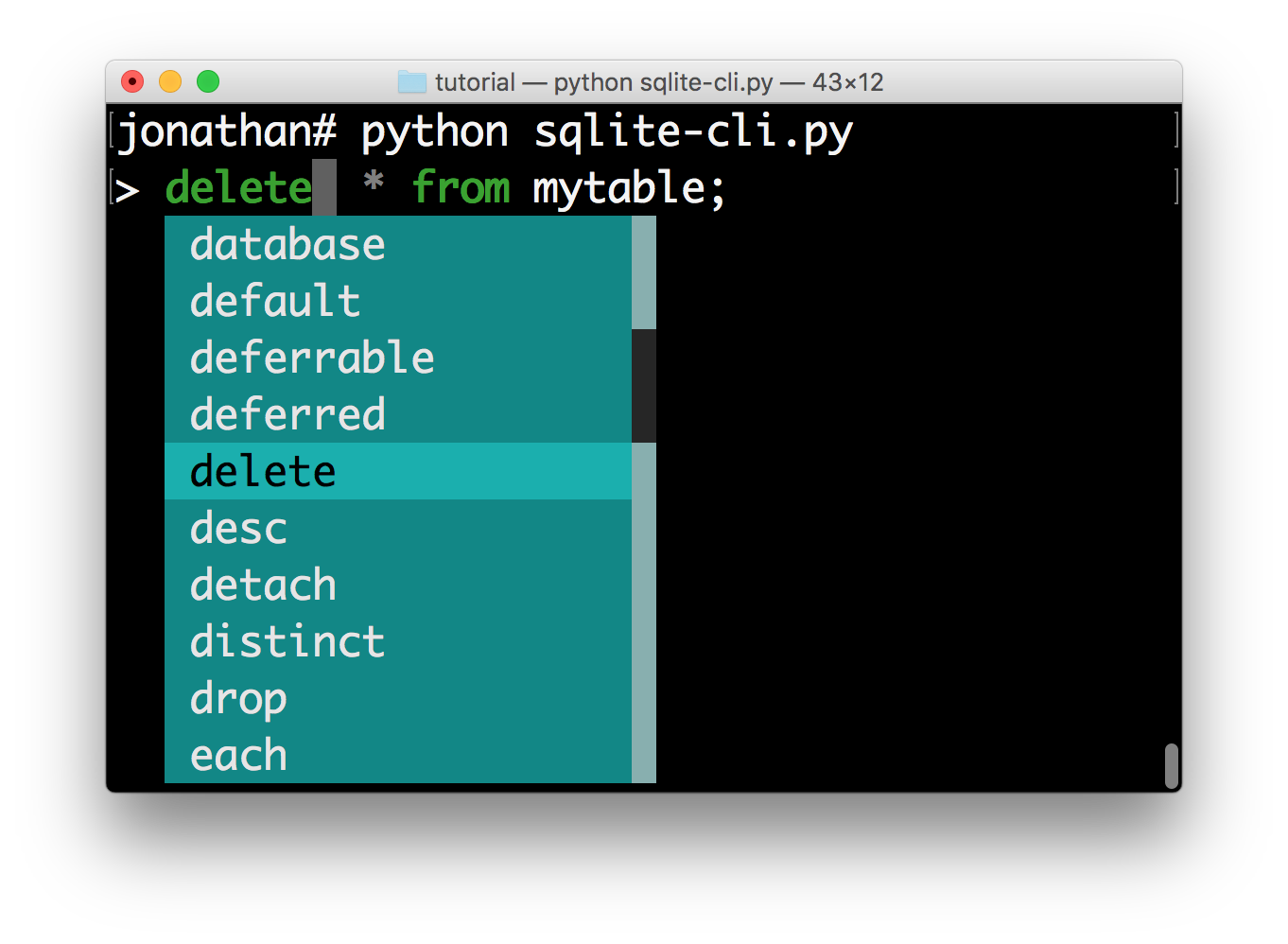

Or None to disable opening transactions implicitly.Ĭheck_same_thread ( bool) – If True (default), only the creating thread may use the connection. Isolation_level ( str | None) – The isolation_level of the connection,Ĭontrolling whether and how transactions are implicitly opened.Ĭan be "DEFERRED" (default), "EXCLUSIVE" or "IMMEDIATE" Types cannot be detected for generated fields (for example max(data)),Įven when the detect_types parameter is set str will beīy default ( 0), type detection is disabled. Set it to any combination (using |, bitwise or) ofĬolumn names takes precedence over declared types if both flags are set. Using the converters registered with register_converter(). It will be locked until that transaction is committed.ĭetect_types ( int) – Control whether and how data types notĪre looked up to be converted to Python types,

If another connection opens a transaction to modify the database, Timeout ( float) – How many seconds the connection should wait before raisingĪn exception, if the database is locked by another connection. Pass ":memory:" to open a connection to a database that is Parametersĭatabase ( path-like object) – The path to the database file to be opened. connect ( database, timeout = 5.0, detect_types = 0, isolation_level = 'DEFERRED', check_same_thread = True, factory = sqlite3.Connection, cached_statements = 128, uri = False ) ¶ Using the connection as a context managerĮxplanation for in-depth background on transaction control. Using adapters to store custom Python types in SQLite databasesĬonverting SQLite values to custom Python types
#Python sqlite tutorial how to#
This was a tutorial on how to implement CRUD operations using SQLite in Python applications.Using placeholders to bind values in SQL queries
#Python sqlite tutorial code#
You can download the source code of this tutorial from the Downloads section.

In this tutorial, we learned about SQLite implementation in a python application. Happy Learning and do not forget to share! 5. That is all for this tutorial and I hope the article served you with whatever you were looking for. To play around with the application endpoints open up the postman tool and hit the endpoints. Do not use it in a production deployment. * Serving Flask app "main" (lazy loading) Run the main.py python script once the code is completed and if everything goes well the application will be started on the port number – 8000 as shown in the below logs. Items.append()Ĭontroller.insert_song(faker.word(), faker.name())Īpp.run(host="localhost", port=8000, debug=False) RESOURCE_NOT_FOUND = "RESOURCE_NOT_FOUND" Sql = "UPDATE songs SET name = ?, singer = ? WHERE id = ?"Ĭreate the main class responsible for handling the incoming requests from the client and interact with the database to show the results.įrom flask import Flask, jsonify, request

Sql = "SELECT id, name, singer FROM songs" Sql = "SELECT id, name, singer FROM songs WHERE id = ?" Sql = "INSERT INTO songs(name, singer) VALUES (?, ?)" The controller class methods are responsible for performing the SQL CRUD operations. """ create a database connection to a SQLite database """ĬREATE TABLE IF NOT EXISTS songs(id INTEGER PRIMARY KEY AUTOINCREMENT, name TEXT NOT NULL, singer TEXT NOT NULL)Ĭreate the controller class responsible for interacting with the database.


 0 kommentar(er)
0 kommentar(er)
